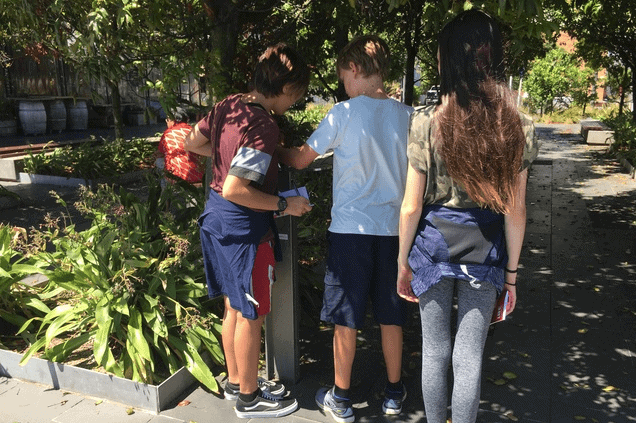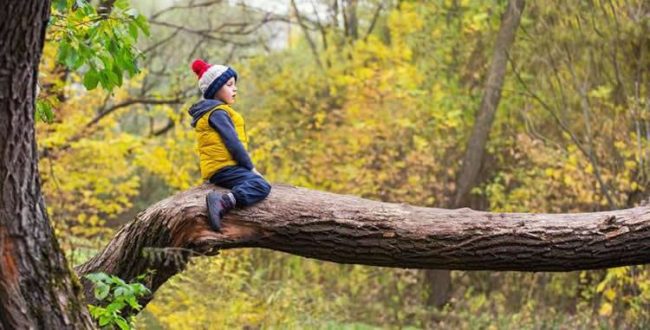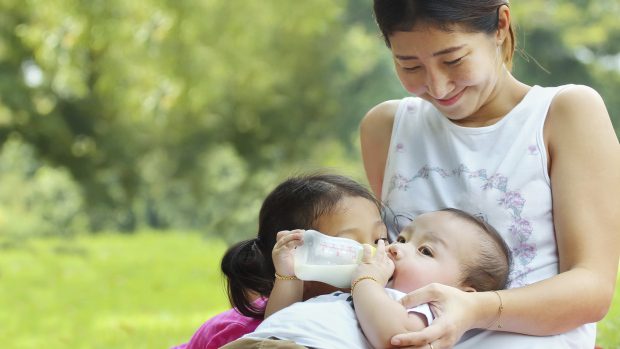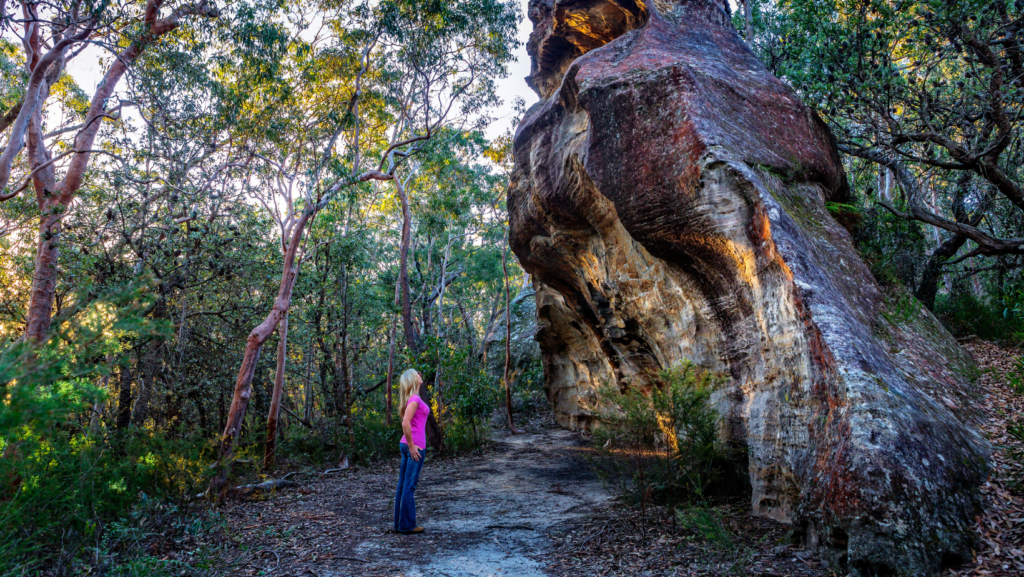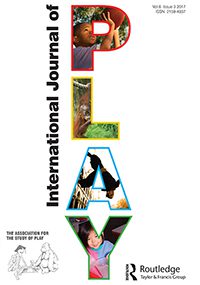Pop-up parks deliver big benefits in small spaces
‘Pop-up parks’ represent one possible means to help meet the demands of urbanites for more opportunities to connect with nature in their neighborhoods, serve important conservation functions by providing small-scale habitat refuges for a wide variety of threatened plants and animals in urban environments, and deliver a suite of ecosystem services to urban residents and wildlife alike.
Pop-up parks deliver big benefits in small spaces Read More »


